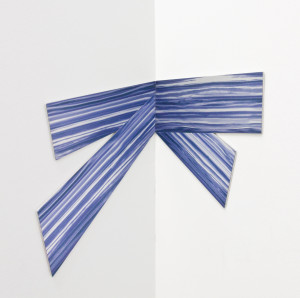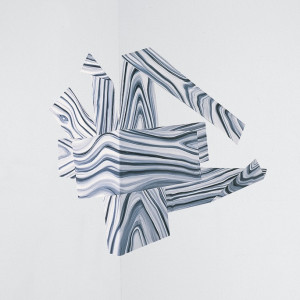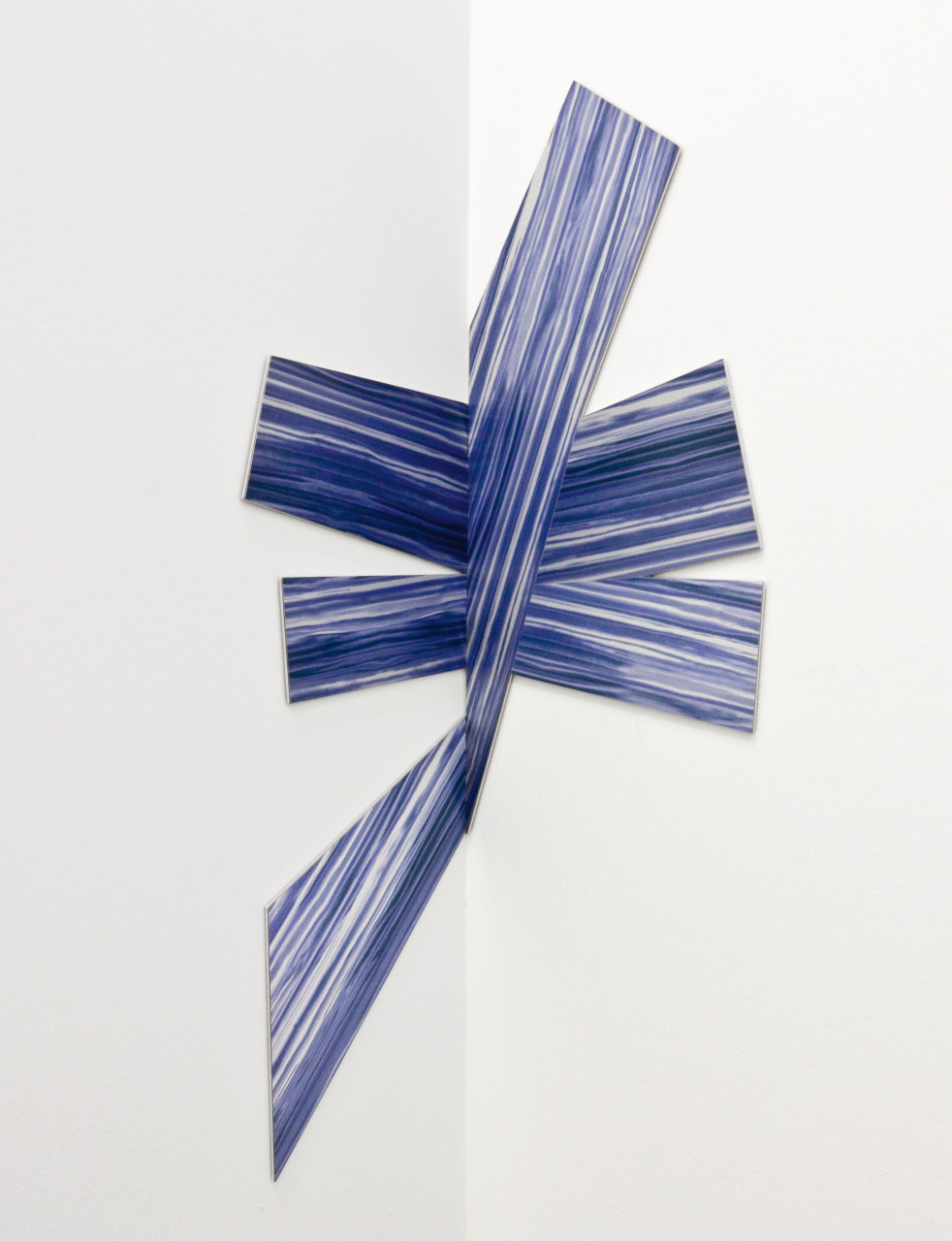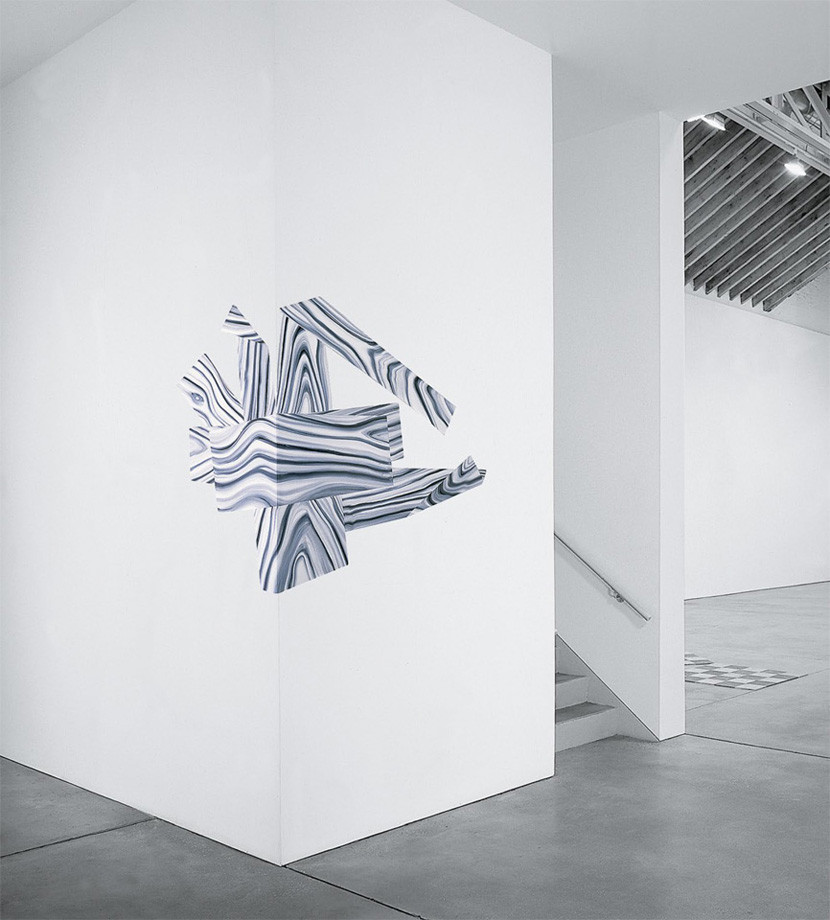Richard Artschwager
Richard Artschwager (1923-2013), born in Washington, D.C., lived and worked in Hudson, New York. Richard Artschwager's enigmatic sculptures, paintings and drawings are characterized by a subversive engagement with the language of Minimalism and Pop Art. By using materials never before used in art – including Formica, Celotex wood fiberboard, rubberized horse hair, acrylic bristles and sandpaper – Richard Artschwager drew attention to the everyday. His sculptures and installations have a dry wit that opens up new perspectives on both gallery spaces and our everyday living environment.
Richard Artschwager Editions
Corner Splat II
2009
Laminate on aluminum, to be mounted on the wall, in or at a corner. Different configurations and sizes, each unique. Edition of 20, signed and numbered.
With this edition, Richard Artschwager reinterprets his earlier Corner Splat work from 1993. Both works ironically imitate Formica, an artificial, stale product of the industrial sector whose name has become part of the American mass culture vocabulary. By suggesting material and perspective in a “false” way, the Corner Splats are in the tradition of trompe l'oeil paintings. A hybrid of painting, sculpture and furniture, these editions by Artschwager confuse our understanding of the objects around us, creating real and imaginary spaces that are exceptions to the hegemonic rationality of everyday life in the West.
Corner Splat
1993
From Wall Works
Painting in acrylic on mylar, mounted on a wall. Different configurations and sizes, each unique; installation size according to the wall. Limited to 20 paintings, with a signed and numbered certificate.
Richard Artschwager's Corner Splat editions ironically imitate Formica, an artificial, stale product of the industrial sector whose name has become part of the American mass culture vocabulary. By suggesting material and perspective in a “false” way, the Corner Splats are in the tradition of trompe l'oeil paintings. A hybrid of painting, sculpture and furniture, the edition confuses our understanding of the objects around us, creating real and imaginary spaces that are exceptions to the hegemonic rationality of everyday life in the West.



